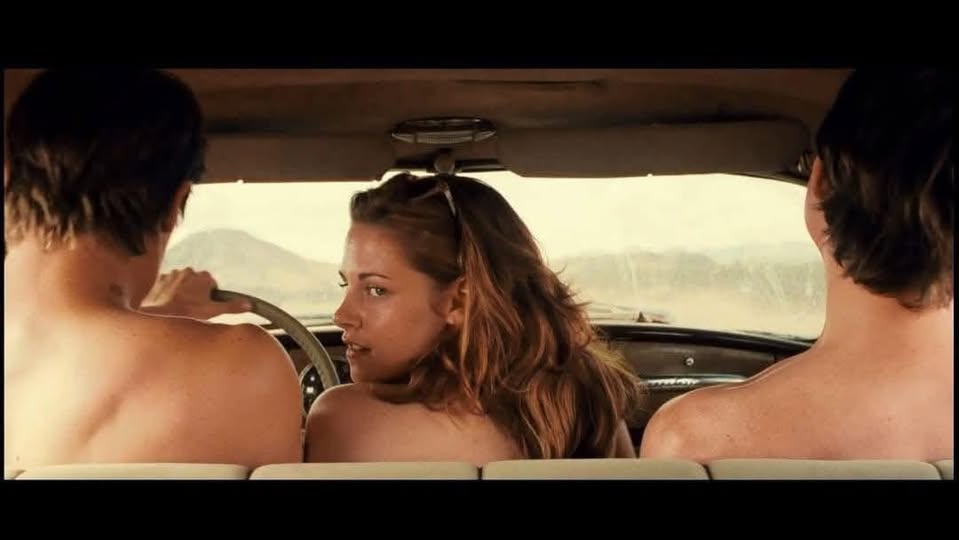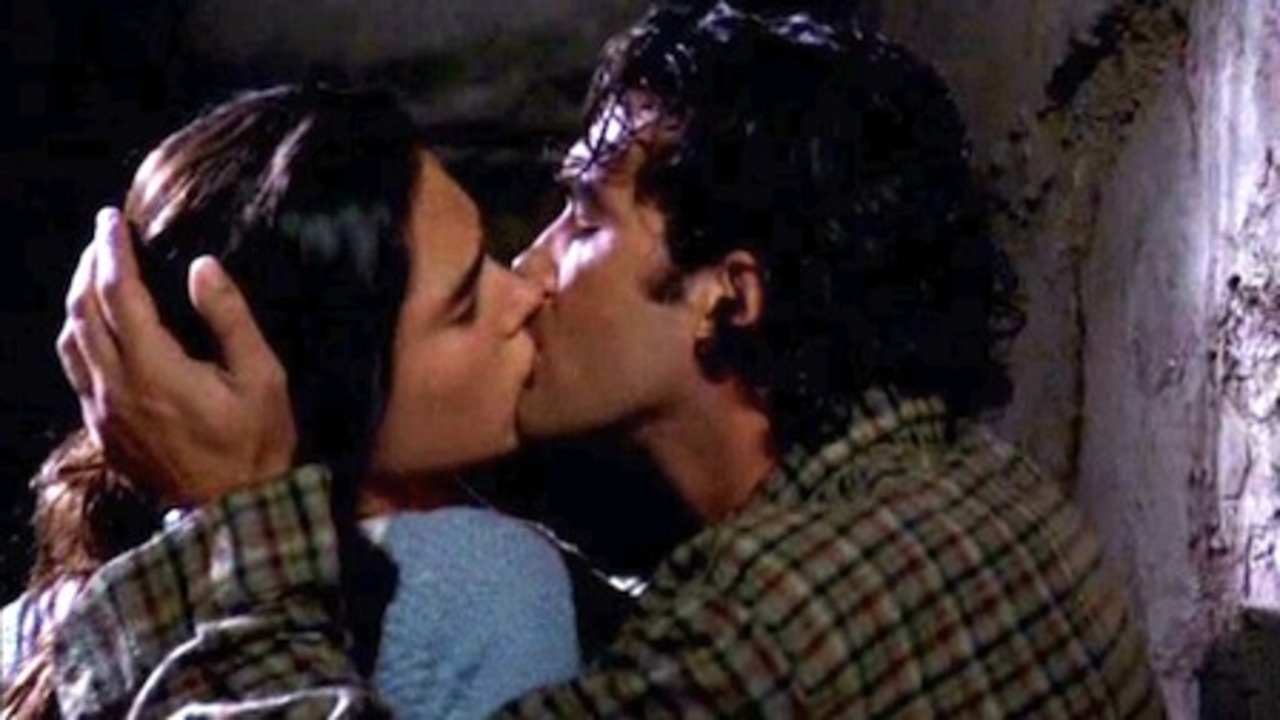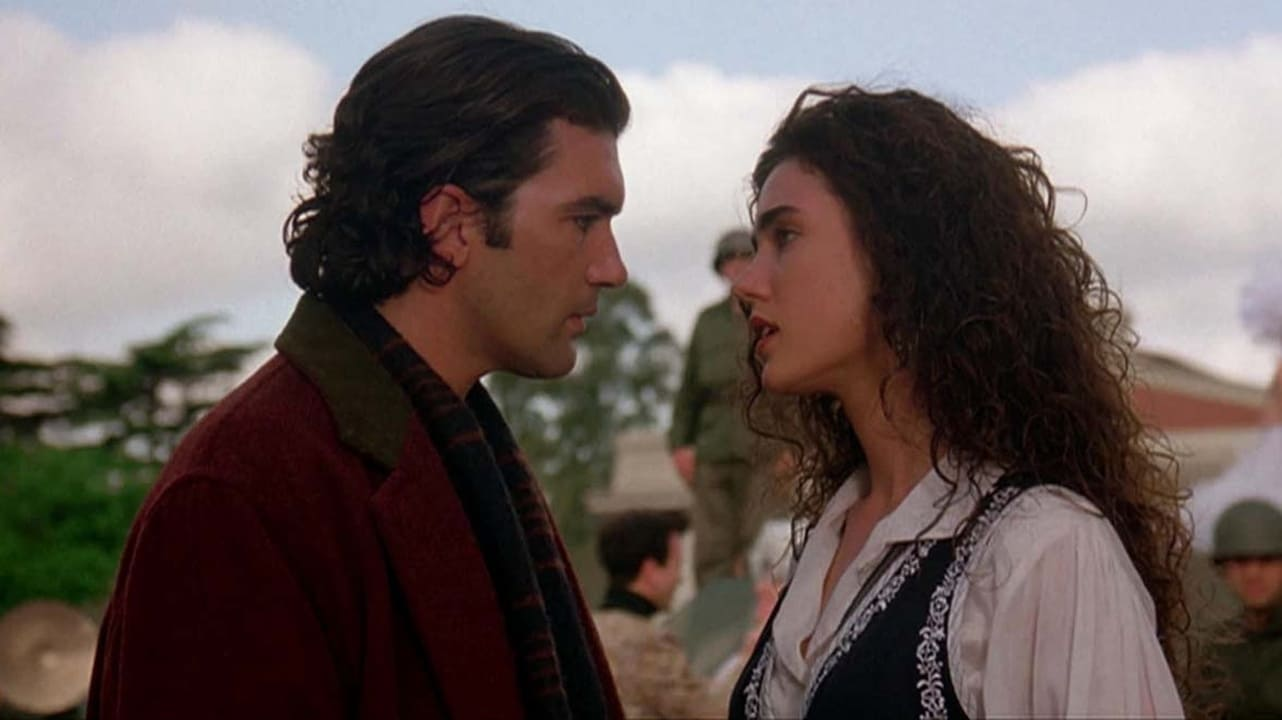On the Road (2012)

Introducing On the Road (2012): A Cinematic Journey Through the Beat Generation
Introduction
On the Road (2012), directed by Walter Salles, is a cinematic adaptation of Jack Kerouac’s seminal 1957 novel of the same name. The novel, a cornerstone of the Beat Generation, captures the restless spirit of post-World War II America through the adventures of Sal Paradise and Dean Moriarty, characters based on Kerouac and his friend Neal Cassady. The film brings this iconic story to the screen, blending raw energy, introspective depth, and a vibrant ensemble cast to explore themes of freedom, rebellion, and the search for meaning. This article delves into the film’s origins, production, themes, performances, and its place in both cinematic and literary history.

Background and Source Material
Jack Kerouac’s On the Road is often regarded as the defining work of the Beat Generation, a literary movement of the 1950s that rejected conformity and celebrated spontaneity, jazz, and spiritual exploration. Written in a stream-of-consciousness style over three weeks in 1951, the novel was inspired by Kerouac’s real-life travels across the United States with Neal Cassady and other Beat figures like Allen Ginsberg and William S. Burroughs. The book’s publication in 1957 sparked both acclaim and controversy for its frank depictions of sex, drugs, and countercultural ideals.
Adapting On the Road for the screen was long considered a daunting task due to its episodic structure, lyrical prose, and cultural significance. Over the decades, several filmmakers, including Francis Ford Coppola, attempted to bring the story to life, but it wasn’t until Walter Salles, known for The Motorcycle Diaries (2004), took the helm that the project gained traction. Salles’ experience with road movies and his sensitivity to character-driven narratives made him a fitting choice to tackle Kerouac’s sprawling tale.

Plot Summary
On the Road follows Sal Paradise (Sam Riley), a young writer, as he embarks on a series of cross-country journeys with the charismatic and reckless Dean Moriarty (Garrett Hedlund). Set in the late 1940s and early 1950s, the story captures their encounters with a colorful cast of characters, including Marylou (Kristen Stewart), Dean’s free-spirited lover; Carlo Marx (Tom Sturridge), a poet based on Allen Ginsberg; and Old Bull Lee (Viggo Mortensen), inspired by William S. Burroughs. The group’s travels take them from New York to San Francisco, New Orleans, and Mexico, fueled by jazz, drugs, and a yearning for authentic experiences.
The narrative is less about a linear plot and more about the emotional and philosophical evolution of its characters. Sal grapples with his identity as a writer and his fascination with Dean’s uninhibited lifestyle, while Dean’s charm masks a deeper sense of aimlessness. Their adventures, punctuated by moments of joy, heartbreak, and disillusionment, reflect the restless spirit of a generation seeking meaning in a rapidly changing world.

Production and Direction
Development
The film’s journey to the screen began when Francis Ford Coppola acquired the rights to On the Road in 1979. After years of stalled attempts, Coppola served as an executive producer, entrusting the project to Salles and screenwriter Jose Rivera, who had collaborated on The Motorcycle Diaries. Salles approached the adaptation with meticulous care, conducting extensive research, including retracing Kerouac’s routes across the U.S. and studying unpublished letters and manuscripts from the Beat era.

Filming
Filming took place in 2010 across diverse locations, including the U.S., Canada, Mexico, and Argentina, to capture the novel’s geographic scope. Cinematographer Eric Gautier used a mix of handheld and steady shots to evoke the spontaneity and intimacy of Kerouac’s prose. The production embraced a raw, naturalistic aesthetic, with period-appropriate costumes, cars, and jazz-infused soundscapes. Salles encouraged improvisation among the actors to mirror the novel’s freewheeling energy, resulting in performances that feel both authentic and unpredictable.

Music
The film’s soundtrack, composed by Gustavo Santaolalla, complements the jazz-heavy atmosphere of the story. Featuring original compositions and classic tracks from artists like Charlie Parker and Dizzy Gillespie, the music serves as a vital pulse, underscoring the characters’ emotional highs and lows. Santaolalla’s score blends folk, blues, and Latin influences, reflecting the cultural melting pot of the characters’ journeys.
Cast and Performances
The ensemble cast of On the Road is one of its standout features, blending rising stars with seasoned actors:
- Sam Riley as Sal Paradise: Riley delivers a introspective and soulful performance as the film’s narrator, capturing Sal’s quiet ambition and inner conflict. His chemistry with Hedlund grounds the story’s emotional core.
- Garrett Hedlund as Dean Moriarty: Hedlund’s portrayal of Dean is magnetic, embodying the character’s charm, volatility, and underlying vulnerability. His performance is a revelation, balancing charisma with pathos.
- Kristen Stewart as Marylou: Stewart shines as the bold and liberated Marylou, bringing depth to a character who could have been reduced to a stereotype. Her scenes with Hedlund are electric, highlighting their complex relationship.
- Supporting Cast: The film features strong performances from Tom Sturridge as Carlo Marx, Viggo Mortensen as Old Bull Lee, Amy Adams as Jane (based on Joan Vollmer), and Kirsten Dunst as Camille, Dean’s second wife. Cameos from Steve Buscemi and Terrence Howard add further texture to the ensemble.
The cast underwent extensive preparation, including workshops with Beat scholars and immersion in Kerouac’s world. Their commitment to authenticity is evident in the film’s lived-in, spontaneous feel.

Themes and Style
On the Road explores timeless themes that resonate with audiences:
- Freedom and Rebellion: The characters’ rejection of societal norms reflects the Beat ethos of living authentically, even at personal cost. Their travels symbolize a quest for liberation from convention.
- The Search for Meaning: Sal and Dean’s journeys are as much internal as external, grappling with questions of purpose, identity, and connection in a post-war world.
- Friendship and Betrayal: The bond between Sal and Dean is both the heart of the story and its source of tension, as their differing values lead to moments of conflict and reconciliation.
- The American Landscape: The film’s sweeping visuals of highways, cities, and rural expanses serve as a love letter to America’s vastness, while also hinting at its undercurrents of alienation.
Stylistically, the film balances gritty realism with poetic flourishes, mirroring Kerouac’s prose. Salles’ direction emphasizes sensory details—cigarette smoke, jazz riffs, the hum of a car engine—to immerse viewers in the characters’ world. The nonlinear narrative and episodic structure echo the novel’s rhythm, though some critics noted this made the film feel fragmented.

Reception and Impact
On the Road premiered at the 2012 Cannes Film Festival, where it competed for the Palme d’Or. Reviews were mixed, with praise for the performances, visuals, and fidelity to the novel’s spirit, but criticism for its pacing and inability to fully capture Kerouac’s prose. Critics like Roger Ebert lauded the film’s ambition, noting its “raw, unpolished energy,” while others felt it struggled to translate the book’s introspective depth.
Commercially, the film had a modest performance, grossing approximately $8.8 million worldwide against a $25 million budget. Its niche appeal and arthouse sensibility limited its mainstream success, but it found a dedicated audience among fans of the novel and Beat culture.
The film’s legacy lies in its earnest attempt to honor a literary classic while introducing the Beat Generation to new audiences. It sparked renewed interest in Kerouac’s work and inspired discussions about the challenges of adapting iconic texts. For many, the film serves as a visual companion to the novel, capturing its restless spirit even if it doesn’t replicate its literary magic.

Challenges of Adaptation
Adapting On the Road posed unique challenges:
- Prose vs. Visuals: Kerouac’s stream-of-consciousness style is inherently literary, relying on internal monologues that are difficult to translate to film. Salles used voiceovers and visual metaphors to bridge this gap, with mixed success.
- Cultural Context: The Beat Generation’s rebellion was groundbreaking in the 1950s but risked feeling dated to modern audiences. The film strives to universalize its themes, emphasizing timeless questions of freedom and identity.
- Expectations: The novel’s cult status meant fans had high expectations, and any deviation from the source material was scrutinized. Salles’ decision to streamline certain episodes and characters drew both praise and criticism.
Conclusion

On the Road (2012) is a bold and heartfelt adaptation of a literary landmark, capturing the restless energy and existential yearning of Jack Kerouac’s novel. While it may not fully replicate the book’s poetic intensity, Walter Salles’ direction, combined with a stellar cast and evocative visuals, creates a cinematic journey that resonates with both fans and newcomers. The film stands as a testament to the enduring allure of the Beat Generation, inviting viewers to hit the road and explore the open possibilities of life.
Whether you’re a devotee of Kerouac’s prose or simply curious about a pivotal moment in American culture, On the Road offers a vibrant, if imperfect, glimpse into a world of jazz, highways, and unbridled dreams. As Sal Paradise reflects, “The road is life”—and this film invites us to take that journey anew.